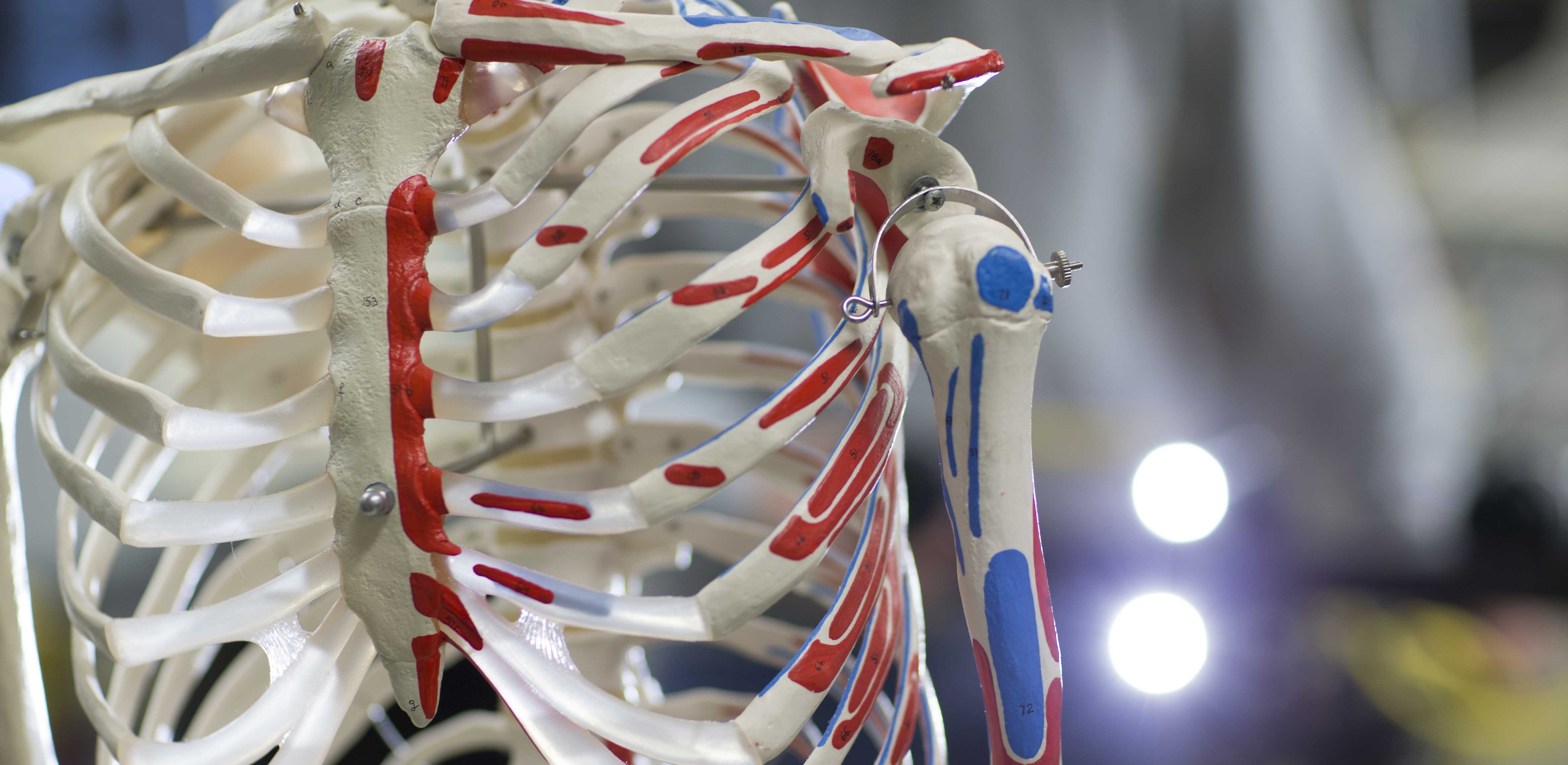
Our strengths in biofabrication and mechanobiology bring together mechanical manufacturing with biomedical engineering in order to fabricate mechanically functional biomaterials. We’re experts at developing fabricated tissues such as orthopaedic musculoskeletal tissues that are strong enough to be surgically handled, sutured and implanted in the human body, and with an ability to bear functional loads and to last over time.
To assist with tissue fabrication, we’ve developed unique platform technologies to process biological molecules that create strong scaffolds. We also harvest stem cells and hybridize scaffold strategies with drug delivery and growth factor delivery to induce stem cells to become specific cells, such as bone cartilage or tendon cells, in order to repair composite tissue damage. For instance, we’ve developed technologies that can make soft tissues with a bony end to better anchor to bone.
Our capabilities include the development of devices and machines that fabricate custom scaffolds, and the platform technology we’ve developed is highly translational, with applications ranging from wound healing to orthopaedics, urology and ophthalmology.
Additionally, we study the failure mechanisms in orthopedic materials and musculoskeletal tissues. This includes exploring the failure of orthopedic implants from a materials perspective. We conduct fractographic and fracture analysis to understand the fundamental reasons why implants fail to collect feedback for the next generation of longer-lasting implants. We also focus on orthopedic polymers, such as polyethelene and polyetheretherketone and how they fail, in order to adjust their development and production to increase their lifetime. Additionally, we’re exploring how gamma radiation sterilization affects cadaveric bone used in allografts.
In the realm of biofluid mechanics, we’re experts at developing microfluidic chips for the diagnosis of disease through blood analysis, especially for use in low-resource settings.
And our biomechanics and biomaterials research is rounded out by our computational abilities—we conduct multi-scale and multi-physics modeling ranging from a few cells all the way up to organ systems. Our computational modeling includes research that cuts across molecular biomechanics to cell mechanics and organismal mechanics—offering a full breadth of capabilities.
Institutes, centers and labs related to Biomechanics and Biomaterials
Faculty who conduct research in Biomechanics and Biomaterials
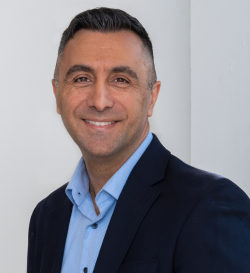
Ozan Akkus
Creates biologically active and mechanically functional tissue repair systems, and develops chemical imaging instrumentation for noninvasive biomedical and hazard diagnostics
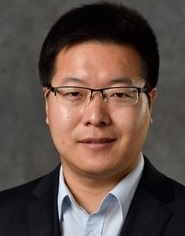
Changyong (Chase) Cao
Study the mechanics, designs, and manufacturing of smart multifunctional materials, soft robotics, soft electronics, and self-powered sensing systems.
Laboratory for Soft Machines & Electronics (SME Lab) www.CaoGroup.org

Kathryn Daltorio
Develops robots that can traverse and operate in new environments, inspired by biological models of smart physical systems
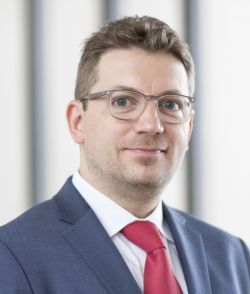
Umut Gurkan
Improves human health via research in cell mechanics to develop biosensors and point-of-care systems
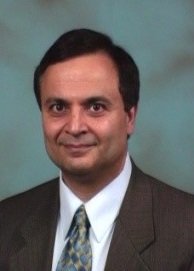
Mohammad Kassemi
Researches microgravity fluid physics and combustion research, including ZBOT, cryogenic fluid management, propellant tank models and gravity’s impact on systems

Clare Rimnac
Advances the long-term performance of implants and structural bone allografts through material analysis and characterization


